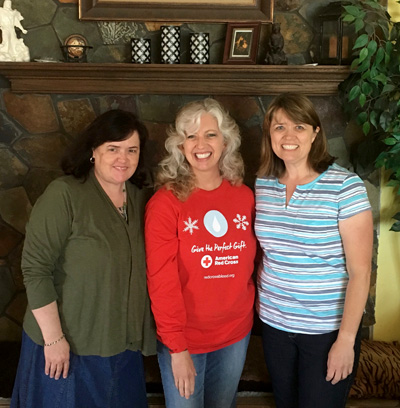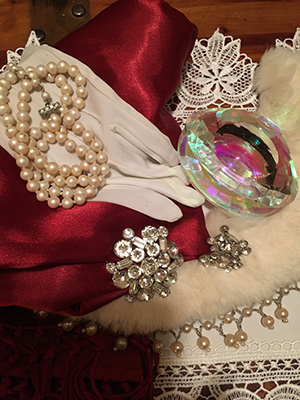
The quest to find happiness seems to be ever present and often promoted in phrases such as:
Find your bliss
Be authentic
You do you
Yet, in spite of the happiness focus, there seems to be an increase in depression and anxiety.
I was given a new insight recently while reading an article, “Let Joy Find You,” by Emily Smurthwaite.
The most compelling idea was that happiness is something we cultivate rather than seek.
Happiness is a by-product of a life well-lived.
This well-lived life comes in many forms, but there is a similar foundation for all.
We Feel Good When
\We feel good about our lives when we:
- have a sense of accomplishment.
- contribute and add value through our endeavors.
- feel secure, free of pain, able to relax and able to laugh.
- experience connection and emotional closeness with others.
Notice, there is nothing about money, power, fame or pleasure.
So, how do we achieve a feel-good life?
How Do We Achieve a Feel Good Life
The specific experiences will be unique to you, but consider the following.
You have probably heard of the happy hormones, the chemicals in our brains that contribute to feelings of well-being.
These feel good chemicals are directly influenced by our behaviors and thoughts.
I have always lumped the feel-good hormones into one group not realizing they have distinct purposes, and benefits.
Feel Good Hormones
Dan J. Daley, a psychologist at Utah Valley Regional Medical Center explains.
- “Dopamine, the brain’s feel-good chemical, increases when we have a sense of notable achievement and victory.
- Serotonin increases when we make contributions and add value through our life’s endeavors.
- Endorphins, which make us feel relaxed and secure, significantly reduce pain. They come from exercise, crying, and laughing.
- Oxytocin is released in response to connection with others, and touch, like a hug. When oxytocin is released, it increases feelings of love and emotional closeness.”
Did you catch the connection between these happy hormones and a feel-good life?
Instead of searching for happiness, doing those things that increase these chemicals in your brain, will invite that happiness to come to you.
Daley gives a simple example of how to increase these feel good chemicals in our brain.
“It can be as simple as going for a brisk walk. You’re moving your body which releases endorphins. If you walk with someone, you can get oxytocin, If your walk serves a purpose, like raising funds for a charity, serotonin can be released. Finally, if your walk is challenging, you may also get dopamine.”
All of that from one walk!
Instead of searching for happiness, I invite you to cultivate the thoughts and actions that will increase the feel-good chemicals in your brain and enjoy the happy result!
You’ve got this!
Much love,










